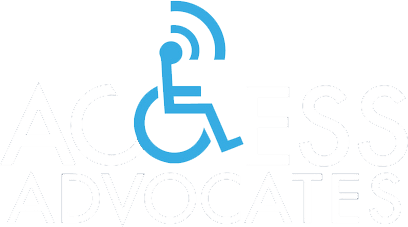Don’t treat ADA compliance as a requirement. Instead, use the specifics as bare minimums and make your business known for accessibility. Even the letter of the law on ADA compliance can make your premises unwieldy or unpleasant for many customers. Here’s how to use the rules to shape the next renovation or improvement to your restaurant’s layout:
Incorporate ramps into your design, and get rid of stairs altogether.
It’s obvious when a wheelchair ramp has been added to your restaurant unwillingly. The placement won’t feel quite right, it will have tight corners, and it won’t fit in with the decor of your restaurant. It carries with it the message that you wouldn’t have a ramp if you didn’t have to. Instead, make all of your customers feel welcome by incorporating it into your design. Make sure the carpet or tile is the same as the rest of the flooring when possible. Reposition tables to make the use of it easier, even if the ramp is off to the side. You can even get rid of any stairs in your restaurant altogether. Not only are they a liability in dim lighting, most people prefer ramps even when they have the option of taking stairs. Getting rid of raised booth areas or tables on lifted floors can also make your tables open for more business.
Have layers of lighting.
The ambiance is part of what a restaurant sells. But some people need different amounts of light than others. Create variable lighting at each of your table sections through layers of lighting. This includes base overhead lighting, large windows which controllable blinds, and table-specific overhead lighting. Add other touches such as small, brighter lamps that rest on each table. Not only can you use them to highlight menus and promotions, customers can use the extra lighting if you need them. You can also incorporate a range of differently lit areas across the restaurant: people already anticipate a difference in lighting between the bar and the other tables. Create a few more options and train your staff to ask for preferences when possible.
For more ways to stay compliant and inviting, go to Access Advocates here.

